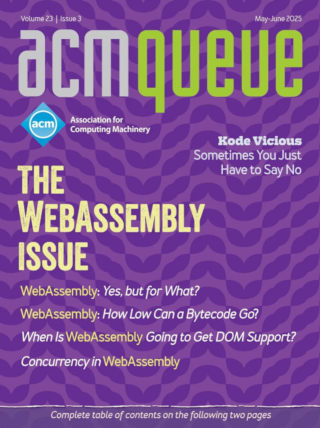
Creating Languages in Racket:
Sometimes you just have to make a better mousetrap.
Choosing the right tool for a simple job is easy: a screwdriver is usually the best option when you need to change the battery in a toy, and grep is the obvious choice to check for a word in a text document. For more complex tasks, the choice of tool is rarely so straightforward--all the more so for a programming task, where programmers have an unparalleled ability to construct their own tools. Programmers frequently solve programming problems by creating new tool programs, such as scripts that generate source code from tables of data.
Coding Guidelines: Finding the Art in the Science:
What separates good code from great code?
Computer science is both a science and an art. Its scientific aspects range from the theory of computation and algorithmic studies to code design and program architecture. Yet, when it comes time for implementation, there is a combination of artistic flare, nuanced style, and technical prowess that separates good code from great code.
I/O Virtualization:
Decoupling a logical device from its physical implementation offers many compelling advantages.
The term virtual is heavily overloaded, evoking everything from virtual machines running in the cloud to avatars running across virtual worlds. Even within the narrowfigureer context of computer I/O, virtualization has a long, diverse history, exemplified by logical devices that are deliberately separate from their physical instantiations.
Bufferbloat: Dark Buffers in the Internet:
Networks without effective AQM may again be vulnerable to congestion collapse.
Today’s networks are suffering from unnecessary latency and poor system performance. The culprit is bufferbloat, the existence of excessively large and frequently full buffers inside the network. Large buffers have been inserted all over the Internet without sufficient thought or testing. They damage or defeat the fundamental congestion-avoidance algorithms of the Internet’s most common transport protocol. Long delays from bufferbloat are frequently attributed incorrectly to network congestion, and this misinterpretation of the problem leads to the wrong solutions being proposed.



